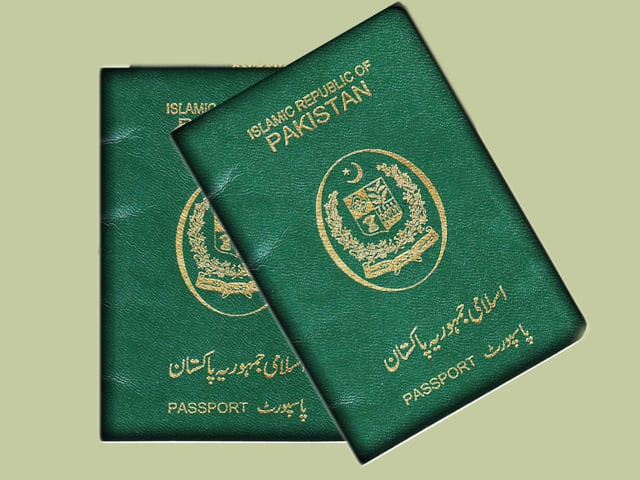Pakistan’s Learning Crisis: What’s the Reality?
Introduction
The education crisis in Pakistan has become one of the most pressing issues in the country's development journey. Despite efforts from various governments, NGOs, and international agencies, the literacy rate remains alarmingly low. Millions of children are out of school, and those who are enrolled often receive poor-quality education. In this blog, we’ll explore the root causes, challenges, and possible solutions to the education crisis in Pakistan, using real data and expert insights.
The Current State of Education in Pakistan
According to recent statistics from UNESCO, Pakistan has one of the lowest literacy rates in South Asia, with approximately 40% of children aged 5–16 not attending school. The education system in Pakistan is divided into several categories:
-
Public and private schools
-
Madrassas (religious schools)
-
Non-formal and vocational training programs
Despite having a vast network of educational institutions, access to quality education is a major concern—especially in rural areas.
Major Causes of the Education Crisis
1. Low Education Budget
Pakistan spends less than 2% of its GDP on education, which is far below the global average. This results in poor infrastructure, insufficient learning materials, and underpaid teachers.
2. Educational Inequality
There is a clear divide between rural vs urban education. Urban centers enjoy better facilities, experienced teachers, and a variety of schools. In contrast, rural schools often lack basic necessities like clean water, electricity, and toilets.
3. Teacher Shortage & Poor Training
The teacher-student ratio in public schools is extremely low, and teacher training programs are outdated. Many educators lack the skills to provide engaging and effective lessons.
4. Dropout Rates
Dropout rates in Pakistan are among the highest in the region. Factors include:
-
Child labor
-
Poverty
-
Gender discrimination
-
Lack of school transportation
5. Curriculum and Policy Issues
The curriculum development is outdated and often fails to promote critical thinking and creativity. Moreover, education policies are poorly implemented and not consistently followed from one administration to the next.
The Gender Gap in Education
Girls' education in Pakistan faces cultural and economic barriers. While the government promotes gender equality in education, many girls still drop out early due to:
-
Early marriages
-
Lack of female teachers
-
Distance from schools
This gender disparity contributes significantly to the low literacy rate in Pakistan.
Public vs Private Schools
There is a sharp contrast between public and private schools. Private institutions often have better resources, smaller class sizes, and more qualified teachers. However, they are expensive and unaffordable for the majority. This leads to educational inequality in Pakistan, where only a small segment of society can access quality learning.
Higher Education & HEC Challenges
The Higher Education Commission (HEC) has made strides in promoting universities and research, but higher education in Pakistan still suffers from:
-
Poor research funding
-
Lack of innovation
-
Brain drain (talented students moving abroad)
The Role of Technology in Education
With the rise of the internet, online education in Pakistan gained traction, especially during the COVID-19 pandemic. However, poor internet connectivity and lack of digital literacy have limited its success in rural areas.
Digital learning in Pakistan is still in its infancy but has the potential to bridge some of the gaps if given proper support.
NGOs & Vocational Training
NGOs play a vital role in addressing the education crisis in Pakistan. Organizations like The Citizens Foundation (TCF) and Teach For Pakistan work in underserved areas, providing quality education and teacher training.
Vocational training programs are also helping out-of-school youth gain skills that lead to employment, which is essential in breaking the poverty cycle.
Solutions to the Education Crisis
Here are some practical and strategic solutions:
Increase Education Budget
The government must raise the education budget to at least 4% of GDP to improve facilities, teacher training, and access.
Revise and Modernize Curriculum
The curriculum should be updated to encourage critical thinking, creativity, and 21st-century skills.
Expand Teacher Training
Invest in modern teacher training programs that focus on pedagogy, classroom management, and digital skills.
Promote Gender Equality
Build more schools closer to communities and hire female teachers to increase girls’ education enrollment.
Strengthen Policy Implementation
Education reforms must be implemented uniformly and monitored through a transparent system.
Conclusion
The education crisis in Pakistan is real and urgent. The challenges are complex—ranging from low budgets and poor infrastructure to policy mismanagement and societal barriers. But the solutions exist. With political will, proper funding, and inclusive strategies, Pakistan can transform its education system and unlock its youth's true potential.
Let’s not just talk about change—let’s work towards it. The future of Pakistan's education system depends on the decisions we make today.
.jpg)


.jpg)
Comments
Post a Comment